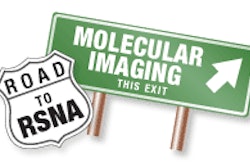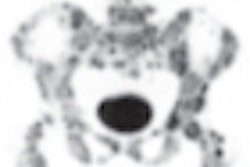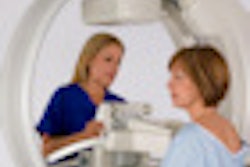Sunday, November 25 | 11:55 a.m.-12:05 p.m. | SSA18-08 | Room S505AB
In this presentation, Japanese researchers will discuss the ability of FDG tumor uptake at baseline and after neoadjuvant chemotherapy to predict pathological complete response and disease-free survival after surgery.In their study, a total of 87 consecutive patients with 90 lesions underwent FDG-PET/CT at baseline and after neoadjuvant chemotherapy. Maximum standardized uptake values (SUVmax) were measured, and the change in SUV after neoadjuvant chemotherapy was determined.
At the completion of surgery, 12 lesions showed pathological complete response, compared with 78 lesions that did not have pathological complete response.
Based on SUV uptake, the researchers determined than an 80.8% change in SUVmax was the threshold to differentiate between pathological complete response and nonpathological complete response.
On clinical follow-up after surgery, tumor recurrence was observed in five (12%) of 41 metabolic responders in whom the change in SUVmax was greater than 80.8%, compared with 18 (37%) of 49 metabolic nonresponders in whom the change in SUVmax was less than 80.8%.
In addition, the disease-free survival rate for metabolic responders was significantly higher than for nonresponders, according to the researchers.
Based on the results, lead study author Dr. Sachiko Kiyoto, from the Shikoku Cancer Center in Matsuyama City, concluded that FDG-PET/ CT is "useful in the evaluation of neoadjuvant chemotherapy efficacy and in management of locally advanced breast cancer patients. Careful observation would be recommended for the nonresponder patients."
Kiyoto and colleagues plan to follow up with more evaluation of the current study, adding more patients and a longer observation period.




















